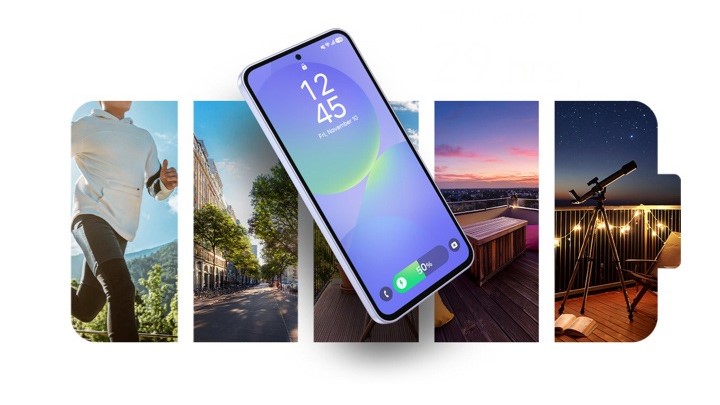OnePlus 7T vs. OnePlus 7 Pro: Which should you buy?
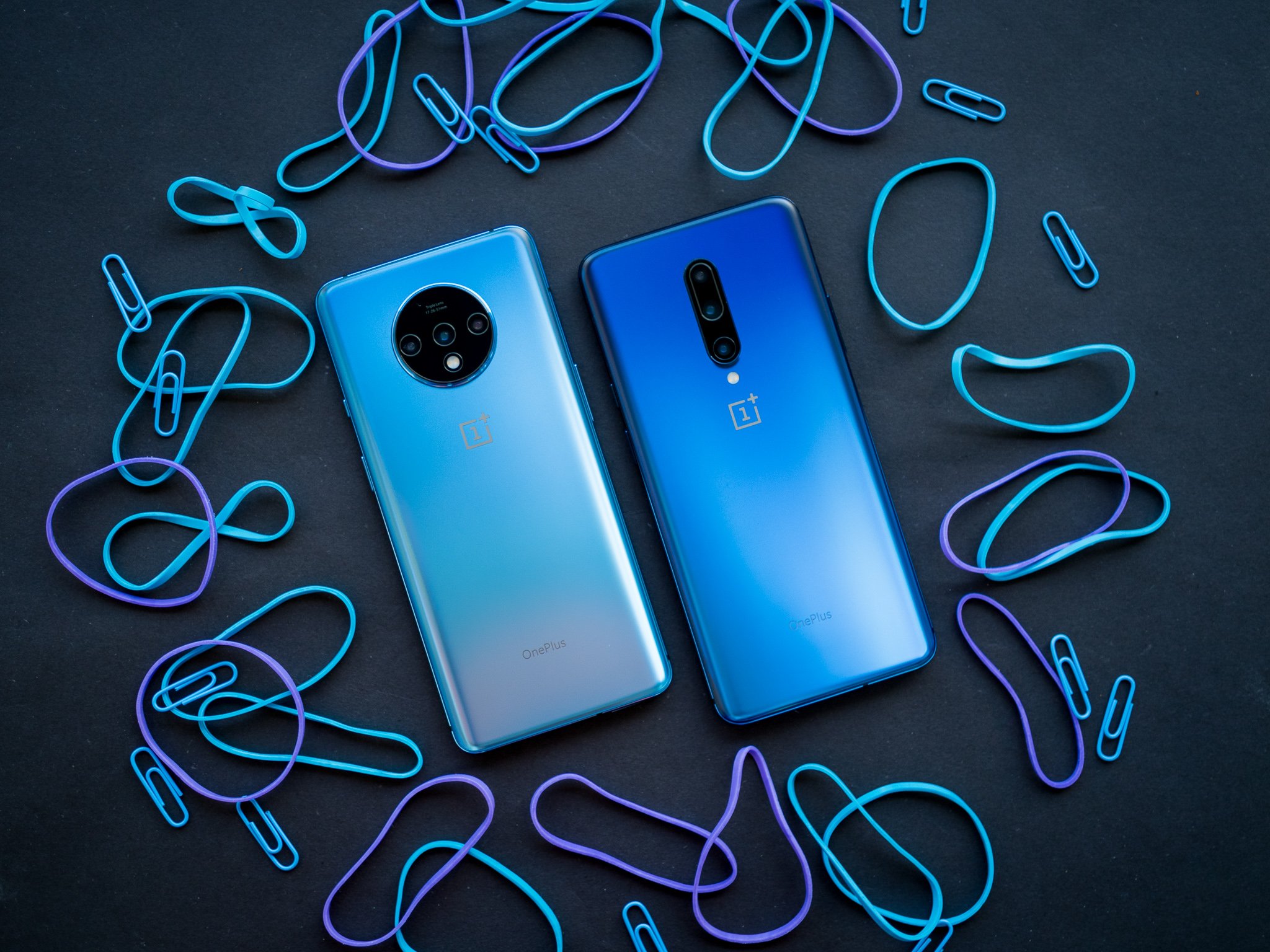
OnePlus 7T
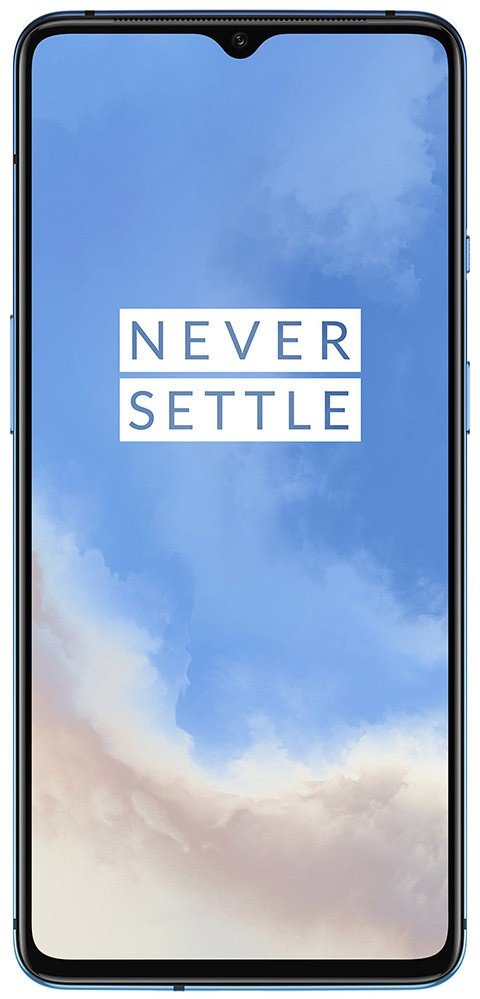
The OnePlus 7T is nearly identical to the 7 Pro in terms of features. You get the same 90Hz refresh rate, but this time the screen resolution is FHD+, and the panel itself is flat. There's a Snapdragon 855+ powering the device, and the 30W fast charging standard has received an update. The camera housing at the back is more prominent, but the three lenses are unchanged. The fact that it comes with Android 10 out of the box is the icing on the cake.
OnePlus 7T
Awesome value
OnePlus 7 Pro
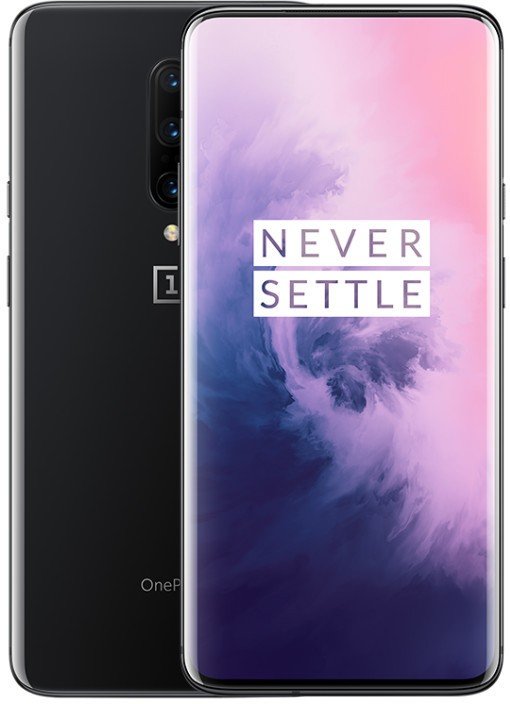
If you want a QHD+ display with 90Hz refresh rate, the OnePlus 7 Pro is still the phone to get. The retractable camera module allows for an all-screen design with no cutout at the front, and the dual curved screen is thoroughly enjoyable for gaming. You get a Snapdragon 855, 30W fast charging, and stereo sound. The Android 10 update is already available for the device, putting it on the same footing as the 7T.
OnePlus 7 Pro
All the right curves
The OnePlus 7T is launching just four months after the OnePlus 7 Pro, and as such, there isn't a whole lot to differentiate between the two devices in terms of hardware. Both devices are available it at around the same price point, so let's find out which phone is more suited to your needs.
What's the difference between the OnePlus 7T and the OnePlus 7 Pro?
The OnePlus 7T has the same matte finish at the back as the OnePlus 7 Pro, but the Glacier Blue color option is of a lighter hue than the Nebula Blue on the 7 Pro. The matte finish makes it easier to hold both phones, but the sheer size of the OnePlus 7 Pro works to its disadvantage. The phone is taller, wider, and significantly thicker than the 7T, and the weight at 7.27 ounces (206 grams) makes it one of the heaviest in the market.
The all-screen design on the OnePlus 7 Pro is stunning, but it hurts usability. The flat 90Hz display on the 7T is much better in this regard.
Usability is further affected by the fact that the 7 Pro has a curved panel, as there just isn't enough to hold onto at the sides. Don't get me wrong; the overall effect is quite striking here: the dual curves extend to either side of the mid-frame, and the ultra-thin bezels and all-screen design create an immersive experience. However, you do get a lot of accidental touches because of that curved screen, and I've had to use a case with the phone to get around the issue.
The OnePlus 7 does not have any of these issues. The phone instead has a flat display, and that makes a tangible difference in everyday usage. The bezels are thin here as well, but because the panel isn't curved on either side, you can easily hold and use the phone. Both phones feature excellent stereo sound, with a grill located at the top of the screen acting as the secondary speaker.
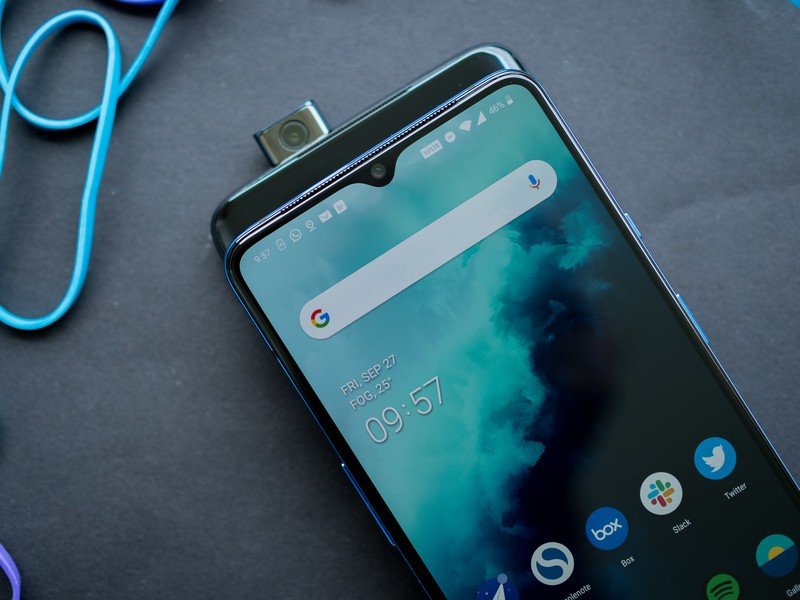
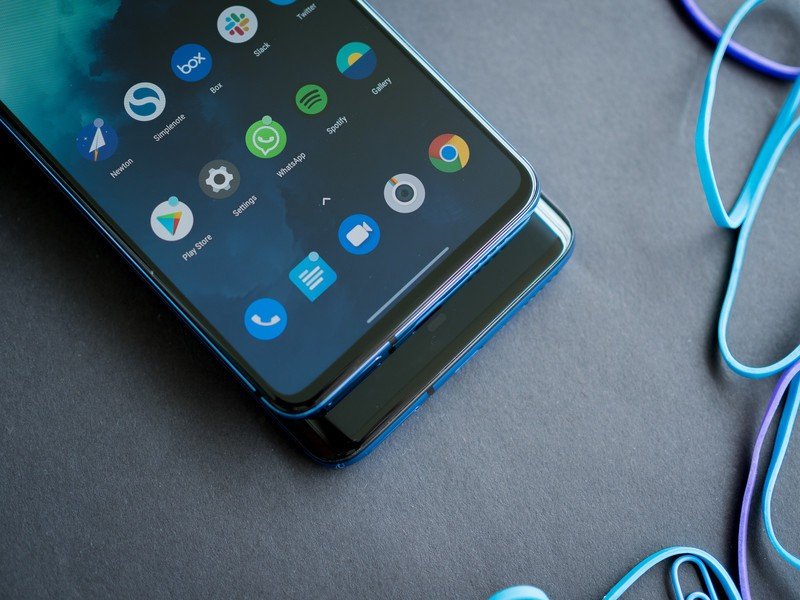
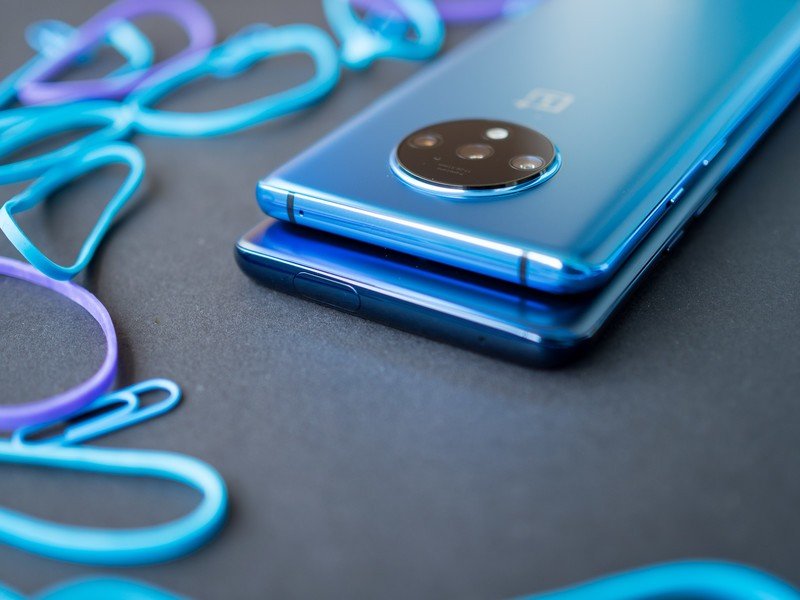
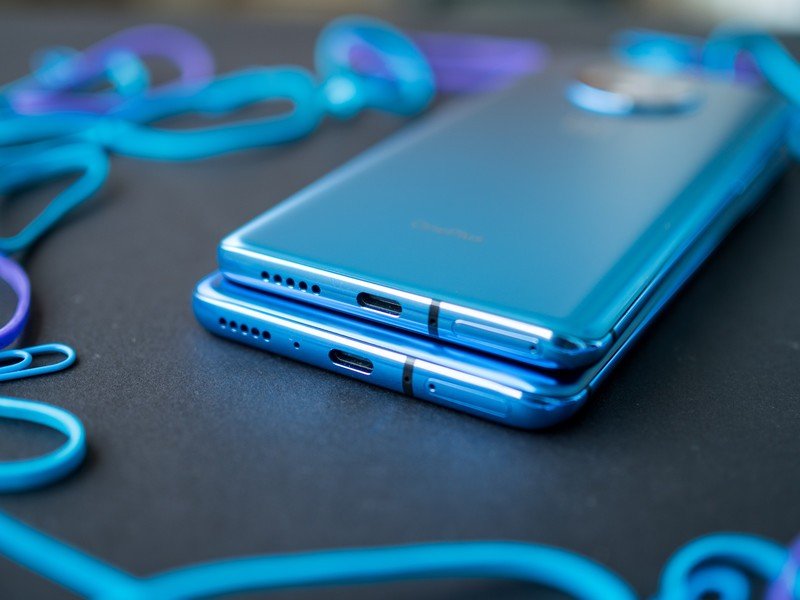

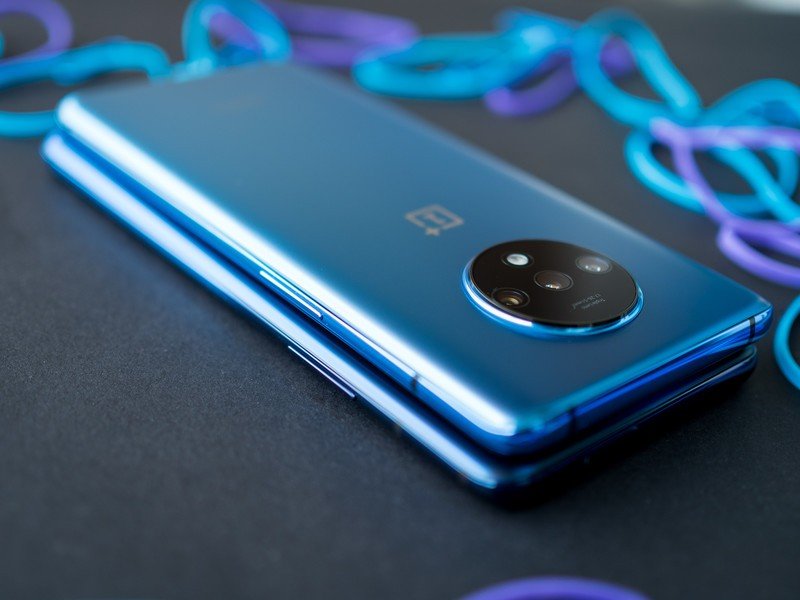
Having used both devices side-by-side, I can confidently say that I prefer the flat panel on the 7T. While the flat screen is a definite improvement over the 7 Pro, the display resolution itself is just 1080p, and you get a cutout at the top. The cutout is smaller than what we got on the OnePlus 7, and is easy to ignore in day-to-day usage. As for the screen resolution, I've had zero issues with the panel. The FHD+ AMOLED display holds up very well next to the QHD+ option on the 7 Pro.
Be an expert in 5 minutes
Get the latest news from Android Central, your trusted companion in the world of Android
The marquee feature on the OnePlus 7T is the 90Hz refresh rate — the same as the OnePlus 7 Pro. The high refresh rate makes all interactions seem instantaneous, and with OxygenOS 10 OnePlus has optimized the animations to take full effect of the high refresh rate. What that means is that in day-to-day usage, both the OnePlus 7T and 7 Pro are fast like few other devices in the market today.
The OnePlus 7T has Qualcomm's latest Snapdragon 855+ chipset, 8GB of RAM in the base variant, and updates to 30W wired charging.
The OnePlus 7T is a mid-cycle refresh, and that usually means a few hardware upgrades are in order. The device is powered by Qualcomm's latest Snapdragon 855+ chipset, with clocks going up to 2.96GHz. Think of the Snapdragon 855+ as a turbocharged version of the Snapdragon 855 — everything is turned up to 11 to deliver the best possible performance.
OnePlus is also offering the 7T in a single 8GB memory option. You'll be able to choose from either 128GB or 256GB of internal storage, and the fact that both models come with 8GB of RAM gives the 7T an edge over the 7 Pro in terms of value. There are other changes under the hood: the 30W Warp Charge standard has been tweaked to deliver better sustained charging speeds, and is now called Warp Charge 30T. It still charges over 5V/6A, but it is able to maintain that 30W charger for longer, allowing the 7T to go from zero to 60% in an hour flat.
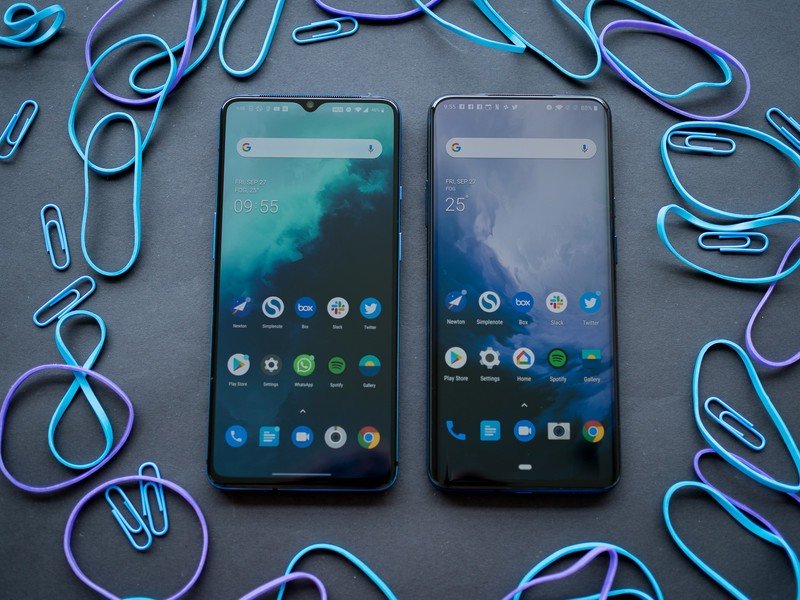
The OnePlus 7T also has the same excellent haptic motor and the same in-display fingerprint reader as the 7 Pro. The camera housing at the back is much more prominent on the 7T, but the sensor setup is identical as well: you get the same 48-megapixel Sony IMX586 module on both phones, and there's a 16-megapixel wide-angle lens and 12-megapixel telephoto shooter (8-megapixel on the 7 Pro).
OnePlus has started rolling out the stable Android 10 update to the OnePlus 7 Pro, but it isn't available widely just yet. The OnePlus 7T, meanwhile, is the first device to run Android 10 out of the box. That's a big deal because that means the phone will get an additional platform update over the OnePlus 7 Pro.
| Category | OnePlus 7T | OnePlus 7 Pro |
|---|---|---|
| Operating system | Android 10OxygenOS 10 | Android 10OxygenOS 10 |
| Display | 6.55-inch 90Hz Fluid AMOLED2400x1080 (20:9)HDR10+Gorilla Glass 6 | 6.67-inch 90Hz Fluid AMOLED3120x1440 (19.5:9)HDR10+Gorilla Glass 6 |
| Chipset | Snapdragon 855+1 x 2.96GHz Kryo 4853 x 2.42GHz Kryo 4854 x 1.80GHz Kryo 485Adreno 6407nm | Snapdragon 8551 x 2.84GHz Kryo 4853 x 2.41GHz Kryo 4854 x 1.78GHz Kryo 485Adreno 6407nm |
| RAM | 8GB | 6GB/8GB/12GB |
| Storage | 128GB/256GB | 128GB/256GB |
| MicroSD slot | No | No |
| Rear camera 1 | 48MP, f/1.6OIS, EIS4K at 60fps | 48MP, f/1.6OIS, EIS4K at 60fps |
| Rear camera 2 | 12MP, f/2.2OIS, 2x zoom | 8MP, f/2.4OIS, 3x zoom |
| Rear camera 3 | 16MP, f/2.2Wide-angle lens117-degree field-of-view | 16MP, f/2.2Wide-angle lens117-degree field-of-view |
| Front camera | 16MP, f/2.0Sony IMX471 | 16MP, f/2.0Sony IMX471 |
| Connectivity | Wi-Fi ac 2x2 MIMO, Bluetooth 5.0AptX HD, NFC, A-GPS | Wi-Fi ac 2x2 MIMO, Bluetooth 5.0AptX HD, LDAC, NFC, A-GPS |
| Audio | USB-CStereo speakers | USB-CStereo speakers |
| Battery | 3800mAhNon-removable | 4000mAhNon-removable |
| Charging | USB-C 3.130W | USB-C 3.130W |
| Water resistance | No | No |
| Security | In-display fingerprint (optical) | In-display fingerprint (optical) |
| Dimensions | 160.9 x 74.4 x 8.1mm190g | 162.6 x 75.9 x 8.8mm206g |
| Colors | Glacier Blue, Frost Silver | Mirror Gray, Nebula Blue, Almond |
It's all a matter of choice
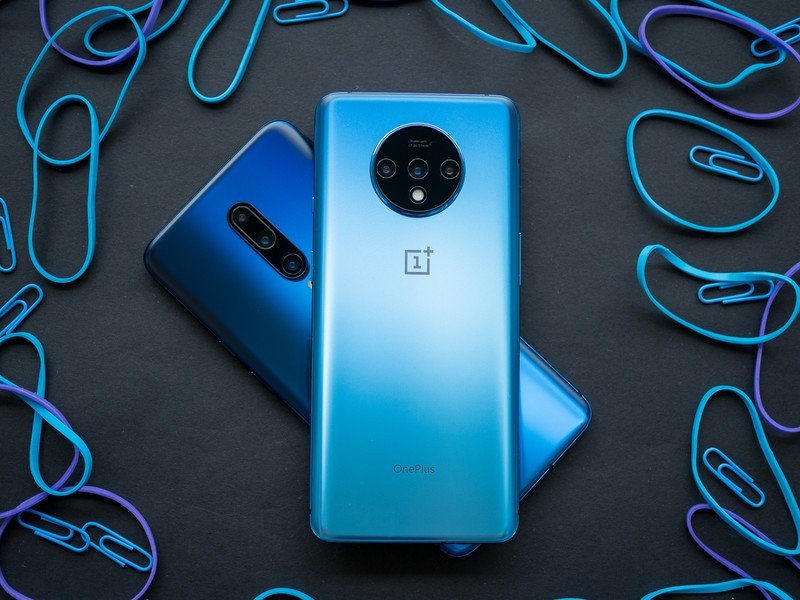
Ultimately, choosing between the OnePlus 7T and 7 Pro comes down to the display. If you want a phone with a QHD+ resolution, the 7 Pro is the best bet for you. But if you're not a fan of curved displays, then the OnePlus 7T is a much better option.
Choosing between the OnePlus 7T and 7 Pro is a matter of figuring out what kind of display you want.
The fact that both phones come with a 90Hz makes the decision-making process that much easier. There really isn't any major difference between the two devices in terms of internal hardware, but the fact that the 7T comes with 8GB of RAM in the base variant gives it an edge. There's also the fact that the OnePlus 7T will pick up an additional platform update two years down the line, seeing as how it runs Android 10 out of the box.
The OnePlus 7T is available for $599 for 8GB of RAM and 128GB of storage, and you'll have to shell out $669 for the 7 Pro with 6GB of RAM and 128GB of storage. The latter commands a premium because of the QHD+ panel and all-screen design, and if you're okay with a 1080p display and a waterdrop cutout, the OnePlus 7T is the smarter option.
If you're looking to buy either device in India, there's an outright winner. The OnePlus 7T retails at ₹37,999 ($535), giving it a distinct edge over the 7 Pro, which sells for ₹48,999 ($690).

90Hz in a more accessible form factor.
The OnePlus 7T takes the best feature from the 7 Pro and makes it much more accessible. The flat 90Hz display is a delight to use, and the 1080p resolution holds up just fine for 2019. The camera housing at the back is distinctive, and you get the same lenses as the 7 Pro.

Stunning design with a QHD+ 90Hz panel.
The OnePlus 7 Pro is still the phone to get if you're looking for an all-screen design. The lack of a cutout makes playing games or watching videos much more immersive, and you get excellent stereo sound. The QHD+ 90Hz panel is also incredible, and if you don't mind curved edges, the 7 Pro has a lot to offer.

Harish Jonnalagadda is Android Central's Senior Editor overseeing mobile coverage. In his current role, he leads the site's coverage of Chinese phone brands, networking products, and AV gear. He has been testing phones for over a decade, and has extensive experience in mobile hardware and the global semiconductor industry. Contact him on Twitter at @chunkynerd.
